Effective Governance for Small-scale Rural Infrastructure and Disaster Preparedness in Lao PDR
Project Overview
Lao PDR is one of the poorest countries in the world and according to IPCC findings particularly vulnerable to the effects of climate change. Low productive agriculture, poor infrastructure development and according low-levels of service delivery jointly contribute to low adaptive capacity of livelihood systems, which are already affected by impacts deriving from existing climate variability. Stresses on livelihoods will further increase due to expected climate change.
The project Effective Governance for Small-scale Rural Infrastructure and Disaster Preparedness in a Changing Climate (2013-2017) worked to ensure that the genuine needs of communities vulnerable to climate variability and change are fully reflected in local planning and budget processes, so that the development prospects are secured in face of increasing climate risks.
With the support of the Least Developed Countries Fund, the Government of Lao PDR addressed the barriers through three components:
Capacity-building measures for climate sensitive planning targeting sub-district, district and provincial decision makers and planners will demonstrate the features and advantages of integrated ecosystems management and climate resilient physical infrastructure solutions.
Socially-inclusive tools of project identification will ensure that the different vulnerabilities of target populations in a changing climate are tackled and climate-sensitive district budgets are elaborated and their execution monitored. This newly acquired expertise will facilitate the delivery of grants to implement climate resilient small scale infrastructure, benefitting 50,000 people, linked to the well-established UNDP/UNCDF supported block grant mechanisms (District Development Fund). This will further strengthen local governance and administrative systems for better planning, budgeting and implementation services.
Environmental sustainability and project integration will be achieved through measures to protect ecosystem functions in the immediate vicinity of physical infrastructure covering 60,000 hectares, enhancing capacities to regulate water flows and ensuring greater financial viability and social impact overall.
Project Details
Lao People’s Democratic Republic (PDR) is amongst the poorest and Least Developed Countries (LDC) in Asia and in the World. The UNDP Human Development Report 2011 ranked Lao PDR at 138 out of 187 countries in the Human Development Index (HDI) in terms of comparative measure of life expectancy, literacy, education, and standards of other countries worldwide. A major factor contributing to this high ranking is that more than 80% of Lao PDR’s population depend on natural resources, agriculture and forestry production as a main source of income , while the productivity of that sector, which accounts for only 30% of Lao PDR’s Gross Domestic Product (GDP) remains low.
Poor infrastructure development in agricultural production, accessing markets, the supply of water for irrigation and domestic purposes, poor access to education and health facilities collectively contribute to high poverty rates and low development progress in Lao PDR. Only 17% of national rice production is derived from irrigated fields along the main streams. There is potential to increase the production of irrigated rice, especially through small-scale irrigation in uplands, which currently plays a minor role. 31% of the rural population still have no road access to markets and public utility services . The World Health Organisation estimates that since 1995 there has been a significant increase in the percentage of the rural population with access to water from an improved source – from 37% to 51% in 2008. Access to both education and health facilities by 84% of the population is showing improvements in development standards . However, the low quality of associated services continues to contribute to poverty and remains to be improved.
Good and effective governance is a precondition for changing the service delivery situation and for achieving equitable and sustainable economic growth as laid out in the 7th National Socioeconomic Development Plan. It is expected that, with the support of the UN system, especially the poor and vulnerable will benefit from improved delivery of public services and greater participation in transparent decision-making by 2015 . This participatory approach applies also for initiatives that link climate change adaptation, disaster risk reduction and public service delivery.
Such an integrated approach is required since service delivery in MDG relevant sectors such as public health, education, water supply, sanitation and agricultural production has been a great challenge in the past due to existing current climate variability’s between dry and wet seasons. As an example, the flow of the Mekong at Pakse in Southern Laos is characterized by a mean difference in monthly discharge between driest and wettest seasons which is almost 15 fold. Therefore local communities and the public investments that support them already have to deal with a challenging water resource context, in which localized natural disasters linked to flooding, landslides and drought are common.
Stresses on livelihoods within current climate variability will further increase due to climate change. The available climate science indicates that dry seasons are likely to increase in length in Lao PDR while wet season rainfall will occur in even shorter, more intense intervals. Analysis of historical rainfall data for the country indicates a clear trend towards more high intensity events when comparing the period from 1901 to 1953 with the period from 1953 to 2006. Recent vulnerability and adaptation analysis indicates that there has been an increase in the number of climate hazard related events (such as floods) over the past 20 years as opposed to the preceding 30 years. This is confirmed by MRC data which has identified a clear increase in the number of extreme flooding events across the country when comparing pre and post 1986 data. Further Lefroy (2010) states that while the incidence of tropical storms and hurricanes is very variable, there is evidence that the number and intensity of storm events has increased significantly in the last few decades of the 20th Century and that this trend appears likely to continue and increase. For the future annual precipitation for the Mekong region as a whole is projected to increase by 13.5% by 2030, with most of this occurring during the wet season (May – September). While projected changes in dry season precipitation are likely to be smaller, significant decreases are possible in February and March as well as in November. The drier extremes of current projections indicate decreases of up to 25% against historical values. Use of macro-scale hydrological models for a range of emission scenarios for Lao PDR indicate that, in the future, many of its sub-basins are likely to experience higher discharge (NAPA, 2009).
News
'Stronger Together: Exchanging ideas on managing the source of life' - UNDP Lao PDR, June 5 2017.
'Climate change awareness integrated into local planning and national legislature' - Relief Web, December 24 2015
Key Results and Outputs
Output 1.1: Technical capacity in climate resilient planning, focusing on links between improved ecosystem management and sustainability of investments in small scale rural water infrastructure, enhanced for at least 250 national, province, district and village officials, as well as other community stakeholders. This output is designed to enable all other project Outcomes and Outputs by building in the necessary understanding of climate risks to strengthen local development planning from the project outset. The approach taken will be to build directly on the initial capacity assessment carried out during the PPG phase, and convert this into a detailed and fully costed capacity development plan. It will also provide a key collaboration point with the baseline ADB supported IWRM programme which is providing capacity development for IWRM at both national and province levels, largely the same audience of individuals.
Output 1.2: Village level water harvesting, storage, and distribution infrastructure adaptation solutions (with associated ecosystem management options) identified, prioritised and integrated into district development plans. This output supports the annual planning exercise carried out by the District Development Support Committees. It will provide technical and organisational inputs to be arranged and delivered by MONRE and its province and district level structures. It will help districts to secure an additional financial envelope for climate resilient investments, which will be delivered annually to districts bank accounts set up under Outcome 2. It will also provide the starting point for more detailed subsequent field analysis through CRVA, to be carried out under Outputs 1.3 and 1.4. While these are not mandatory investments they demonstrate the most likely areas for climate resilient investment and districts may choose for some to be carried forward into detailed design, as presented.
Output 1.3: Climate risk, vulnerability and adaptation assessments (CRVA) carried out at 48 project sites in 12 districts of Sekong and Saravane provinces and proposed climate resilient investments adjusted to take account of site specific adaptation concerns. This will support the detailed engineering design of the approved climate resilient investment projects. A fundamental premise is that adaptation solutions are location specific. While there is some value in generic or ‘model’ solutions they will always need to be fine-tuned to physical, environmental and social realities on the ground. In some cases this will lead to an adjustment upwards in financial resources. In all cases the process of introducing and revising an approach via CRVA, will increase local ownership and ultimately the long term sustainability of the investment.
Output 1.4: Detailed climate resilient project investments finalised and tender documents prepared in 12 districts, as well as associated dialogues to facilitate the implementation of annual district investment plans in 12 districts. Following on from fine tuning and building local acceptance and ownership, so investments will need to be tendered to contractors for which additional professional technical services will be required. In order cases this expertise will be found at the community level and the resources can be channelled directly from the district level against an agreed workplan and set of deliverables.
Output 1.5: Guidelines for climate resilient construction for small-scale rural infrastructure sectors (irrigation, water supply, rural roads, education, and health) developed, applied and revised. These guidelines will be presented in various policy forums with the intent of contributing to future adjustments to national standards that are applicable. The reforms of national standards are seldom made on the basis of the outcomes of a single project, however successful that project may be. The success of this output will therefore depend upon the extent to which a broad range of experience can be gathered together, and national champions can be identified to support a reform process.
Output 2.1: An incentive mechanism, rewarding districts performing well in planning, budgeting and implementation of climate resilient, ecosystem based small-scale water infrastructure is developed, tested and under operation to drive the delivery of LDCF climate resilient infrastructure grants. This output will result in the tailoring and extension of a pre-existing local development fund mechanism (the District Development Fund) to incorporate all the necessary skills, and capacities to channel and report on additional climate adaptation funding through national systems. Through this approach the project seeks to ensure that the project can be easily replicated in other districts and can provide a means to access and channel other public resources in the future, both national budgetary resources and international funds.
Output 2.2: At least 48 small-scale infrastructure investment projects (1 per district per year), including components of water harvesting, storage, distribution and/or irrigation of the priority lists that have been CRVA assessed are implemented benefiting 50,000 people. Output 2 will follow a phased approach. In the first year 12 infrastructure investments will be selected from the V&A report (Annex 8) for further analysis and funding, applying the detailed CRVA approach. From the second year onwards the selection of investments will follow the same technical approach (V&A and CRVA) but influenced also by the newly established performance based mechanism leading to differing levels of financial allocation from one district to the next.
Output 3.1: Up to nine ecosystem management and action plans with a coverage of at least 60,000 Ha to protect 48 small-scale climate resilient rural infrastructure projects are designed, implemented and monitored for effectiveness. The management and actions plans, which will include budgeted field based activities, will be developed during Year 1 and progressively implemented from Year 2 onwards through specific interventions on the ground, which will be selected and designed using the existing local planning dialogues and structures. This work will be carried out in close coordination with the ADB-IWRM planning being carried out for Sekong River Basin in the South.
Output 3.2: Awareness-raising activities implemented, learning materials developed and disseminated and regular dialogues held between communities and tiers of the local administration on the linkages between ecosystems management and small-scale climate resilient infrastructure solutions. The main aim of this output will be to provide clear guidance and direction on how ecosystem based approaches can be integrated into local development planning, using infrastructure investments as a starting point. The opportunities for achieving this are likely to vary considerably from one district to the next depending on prevailing land use and management practices. This Output will need to be delivered in parallel with Output 3.1 since it underpins the development of the ecosystem management and action plans. Much of the work will involve motivating local officials and other stakeholders to visit specific sites, view problems on the ground, and jointly identify solutions. The frequent repetition of this approach each year of the project will induce behavioural changes in the way planning is carried out, through the integration of more evidenced based information and through the involvement of a wider range of stakeholders in formulating and agreeing local plans. This work will build directly on the national water dialogues that have been carried out by MONRE with support from IUCN.
Programme Meetings and Workshops
Reports and Publications
ProDocs
Project Document: Effective Governance for small-scale rural infrastructure and disaster preparedness in a changing climate. Lao PDR, 2012.
Monitoring and Evaluation
More information to come...
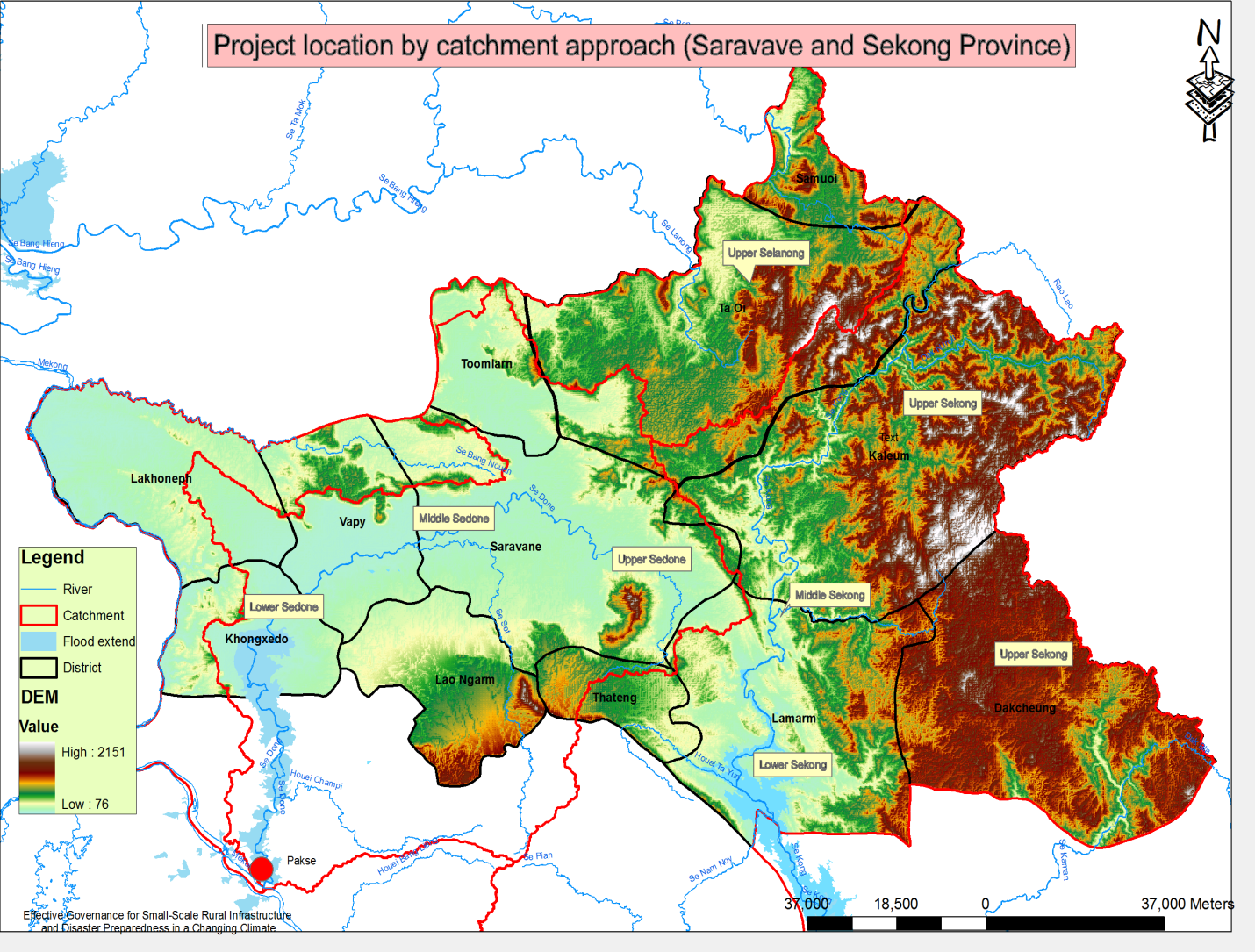
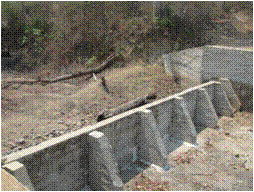
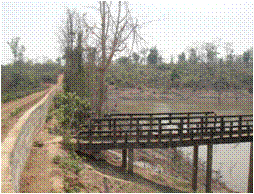
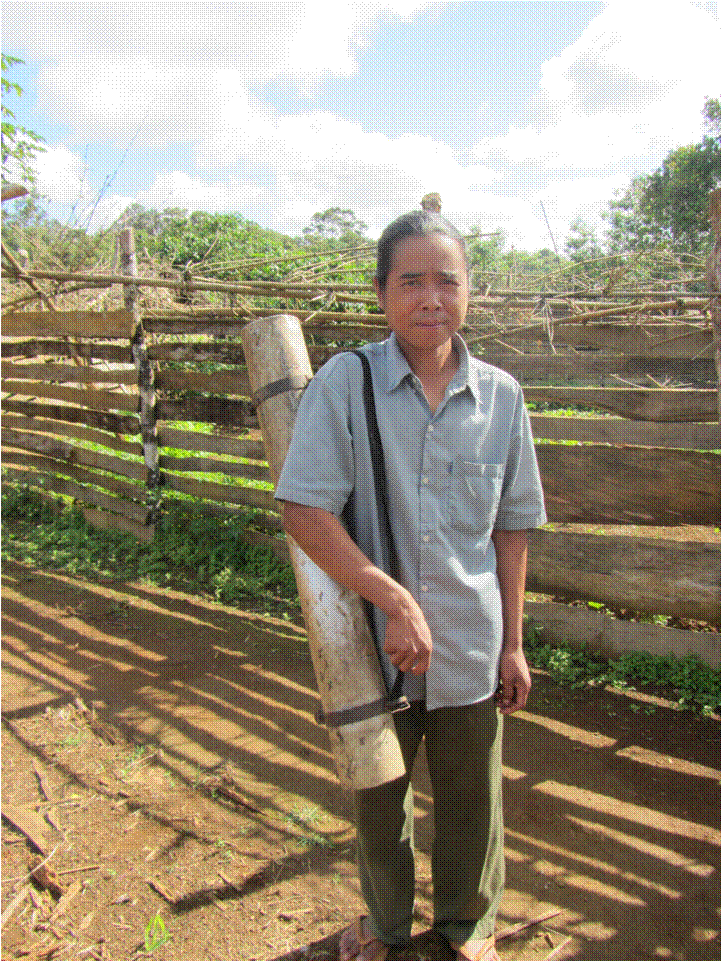

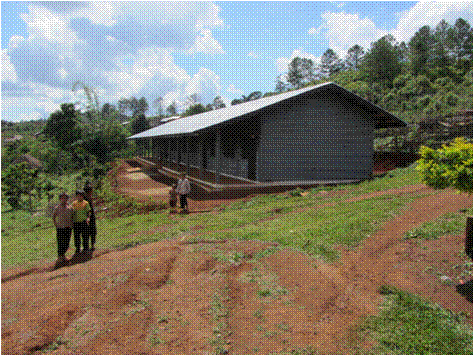


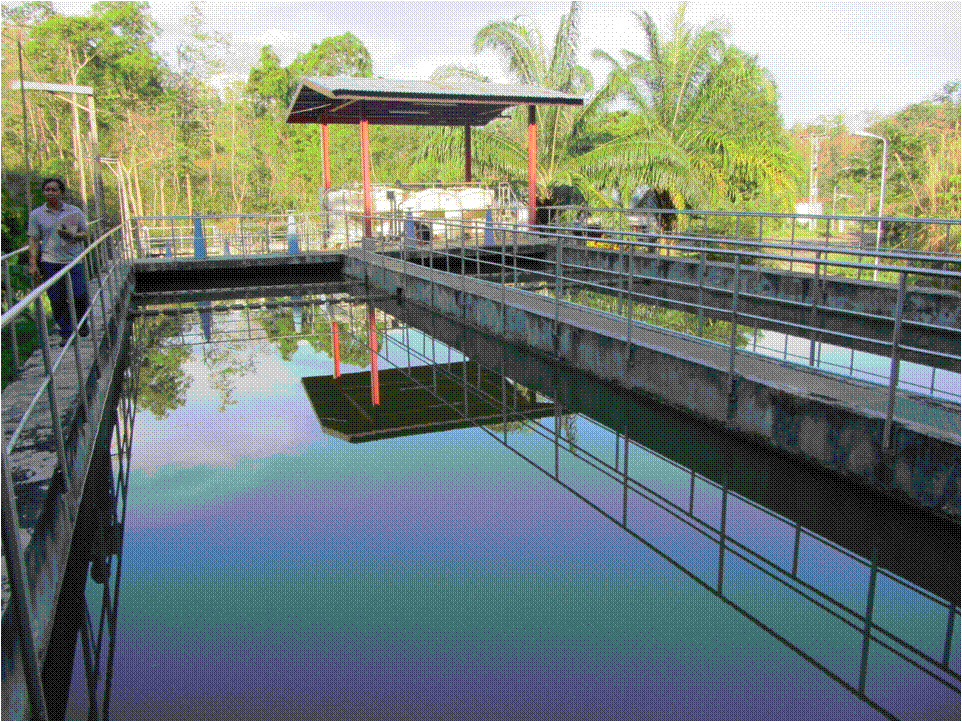
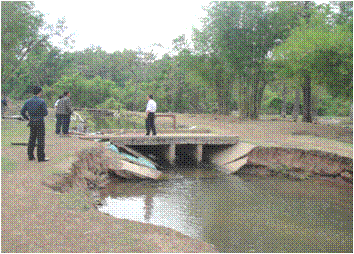
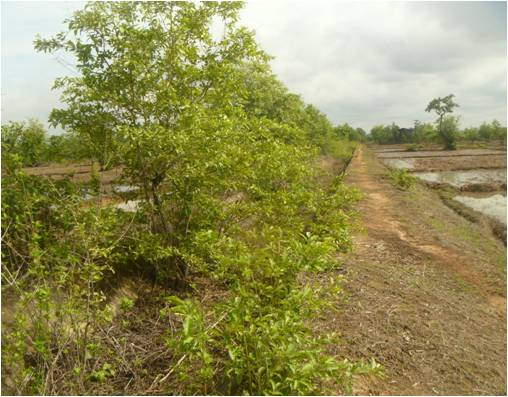
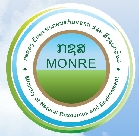


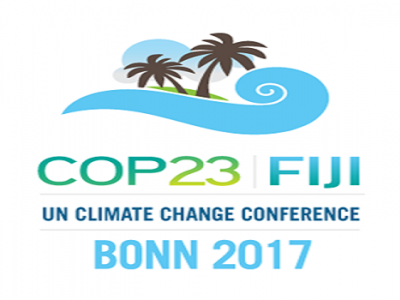 COP23 - Plan, access and deliver
COP23 - Plan, access and deliver